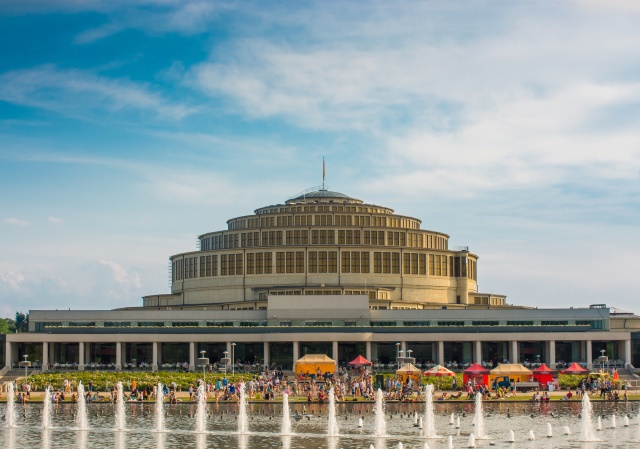The Classics of Poland is an offer for everyone who wants to get to know the most famous places in Poland.
Please contact us to receive the best possible program suggestions and quotes.
Use our short descriptions as ready-made elements to create an atrractive itinerary for your clients.
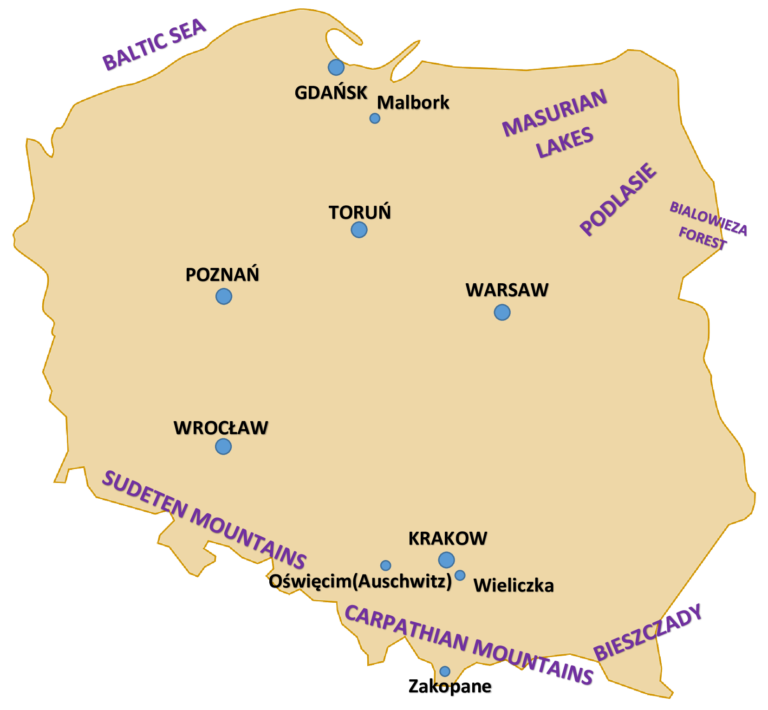
Warsaw panoramic city tour
Drive along the Royal Route with its numerous churches, monuments, historic buildings, palaces and the Parliament.
Pay respects at the former Jewish Ghetto monuments, and see the Grand Theatre, the Tomb of the Unknown Solider and Palace of Culture and Science the Soviet “wedding cake” skyscraper.
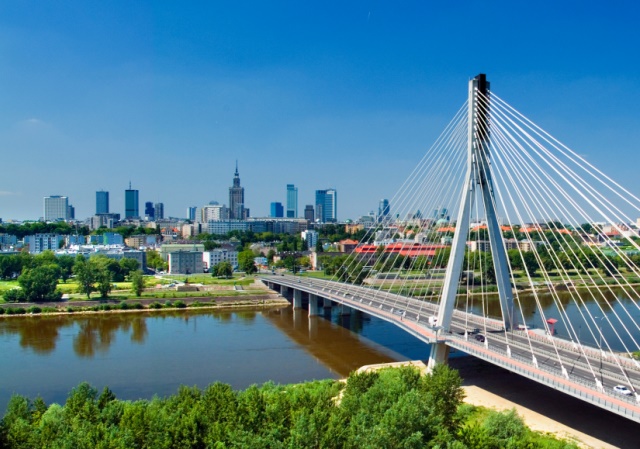
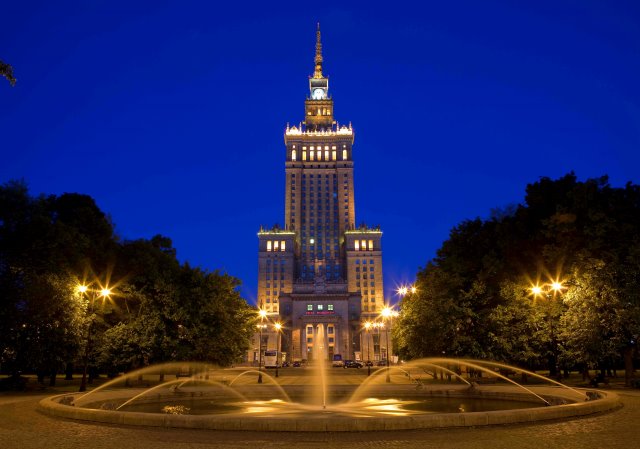
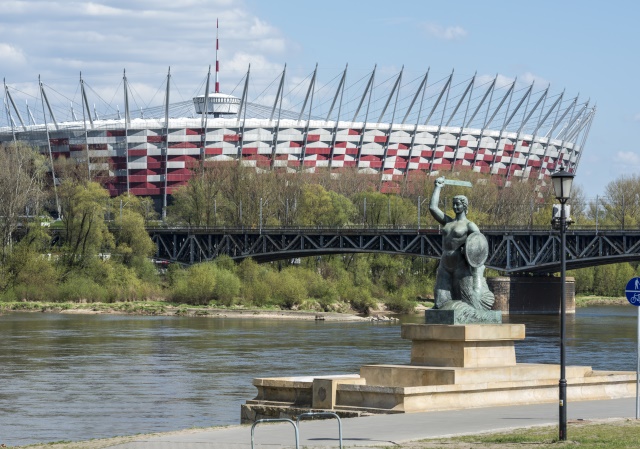


The Royal Castle
The Old Town dates back to the 14th century with Krakowska Gate, Town Hall and Dominican Church.
The Castle founded by Casimir the Great includes the Gothic chapel, containing a beautifully restored 14th century polychrome – reckoned the most precious Polish example of Russian-Byzantine painting.
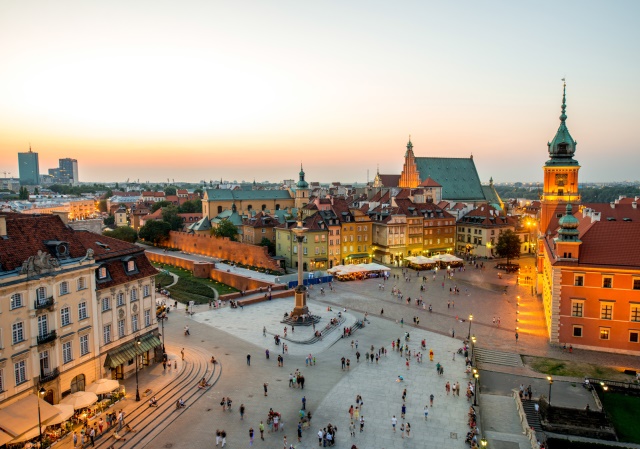
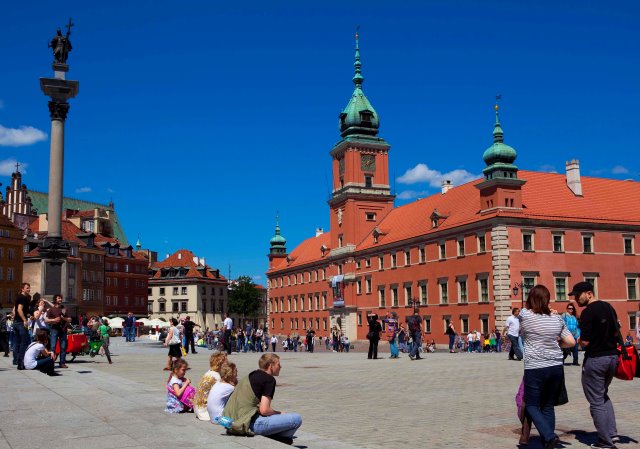
Łazienki Park
Łazienki, one of the most beautiful parks in Europe, was founded in 1766 by Stanisław August Poniatowski, the last king of Poland.
The Palace on the Water, the royal residence is the most famous building in the complex.
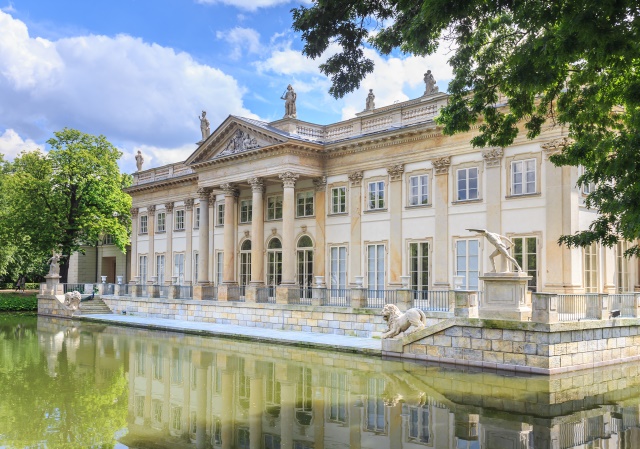
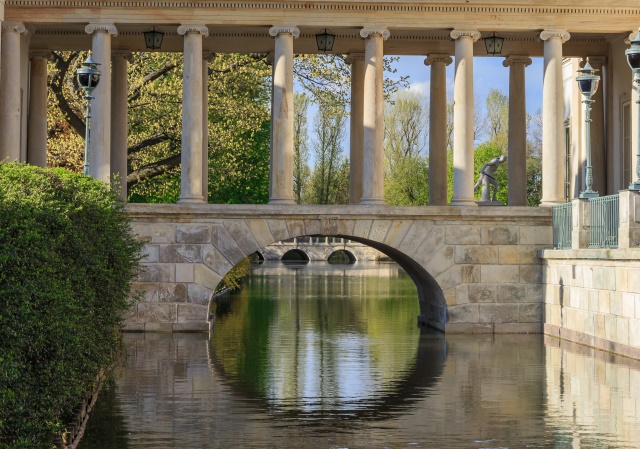
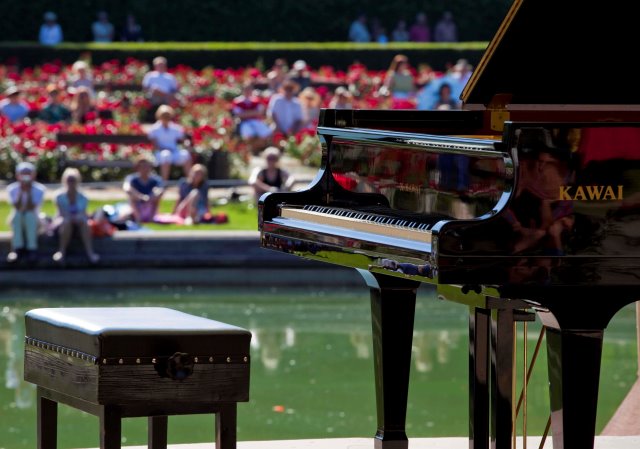
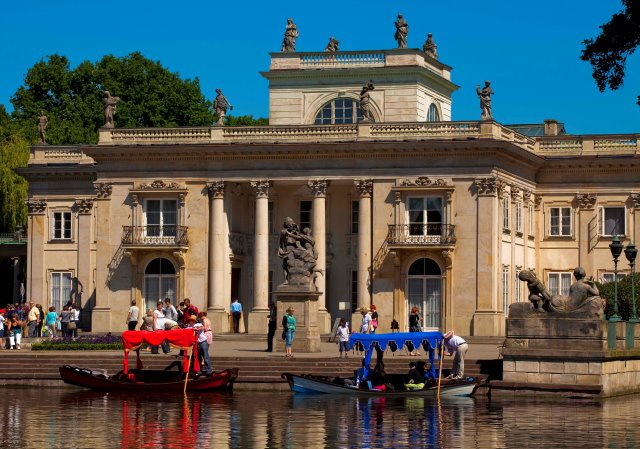
Warsaw Old Town – UNESCO LIST
Warsaw Old Town – UNESCO LIST
Carefully rebuilt after the WW2 total destruction, was put on the UNESCO list of Human Heritage.
The highlights include: The Royal Castle, the Barbican, The Market Square and the King Wasa column – the city landmark.
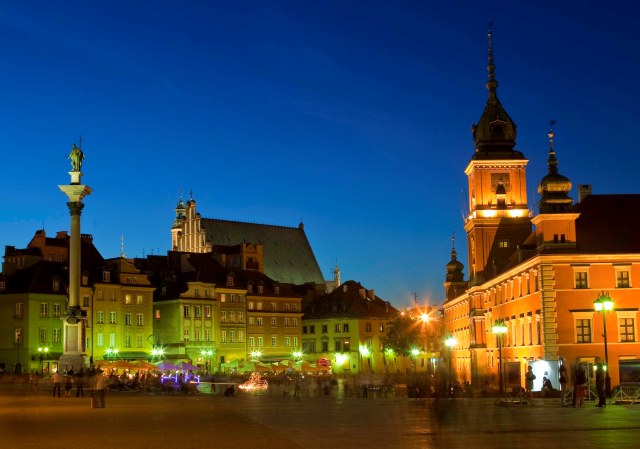
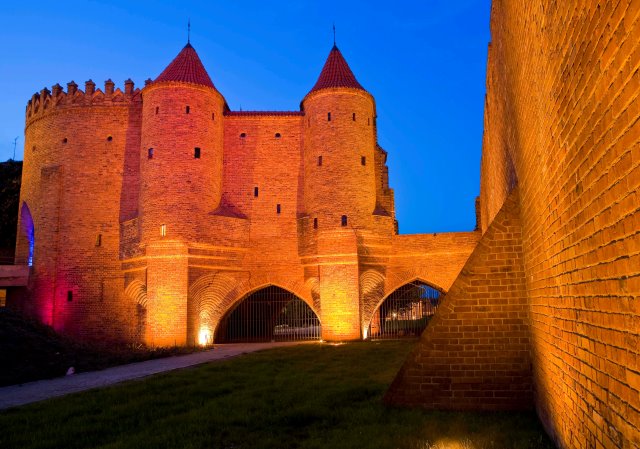
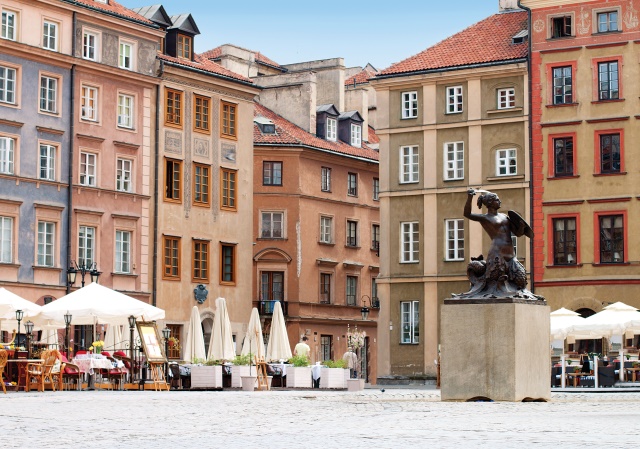
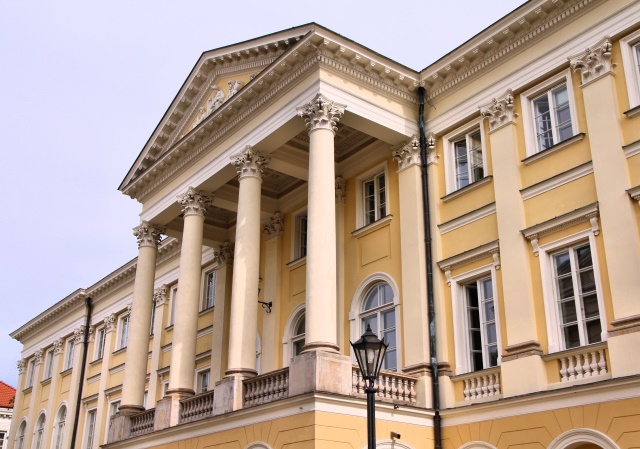
Wilanów Palace and Park
Summer residence of King Jan III Sobieski which Varsovians call “(very) Little Versailles”.
Its magnificent interiors include furniture and china from the period of Sobieski’s victory over the Turks at the gates of Vienna in the 17th century.
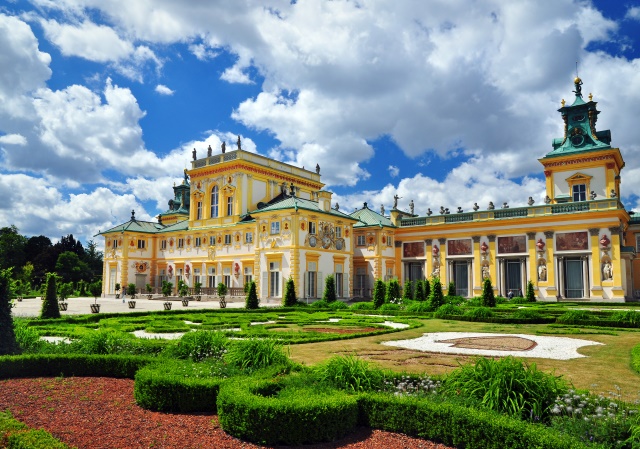
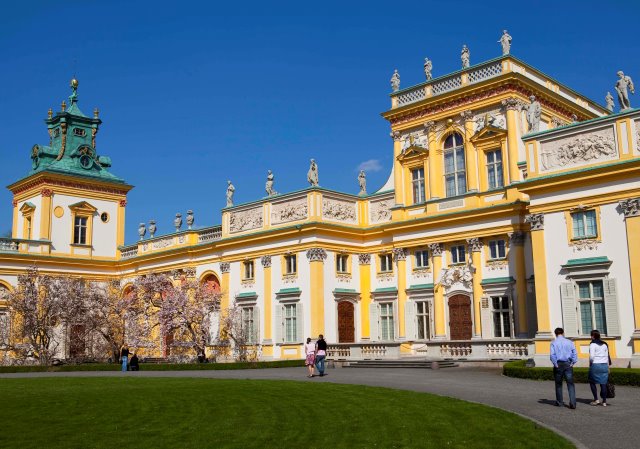
Kraków Old Town – UNESCO LIST
Market Square, one of the biggest in Europe, a reminder of the power and wealth of medieval Kraków, the Polish capital at that time.
The 13th century Cloth Hall, rebuilt in Renaissance style, houses the largest collection of Polish paintings on the first floor and colourful handicraft stalls in the ground floor arcades.
Saint Mary’s Church, dating back to the year 1221, boasts the precious 15th century Witt Stwosz altar.
Collegium Maius with its Gothic arcades, was once home to the Jagiellonian University.
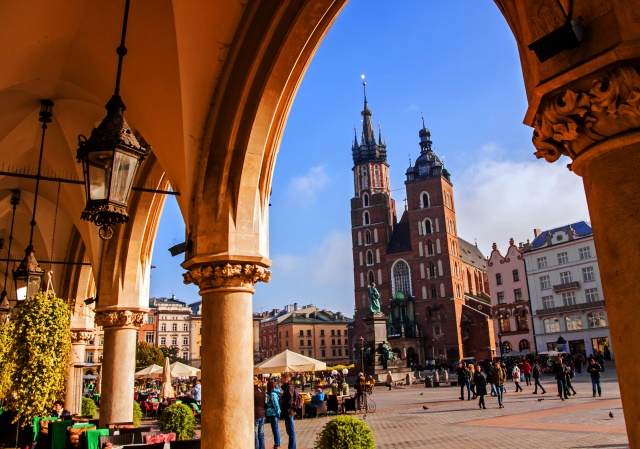
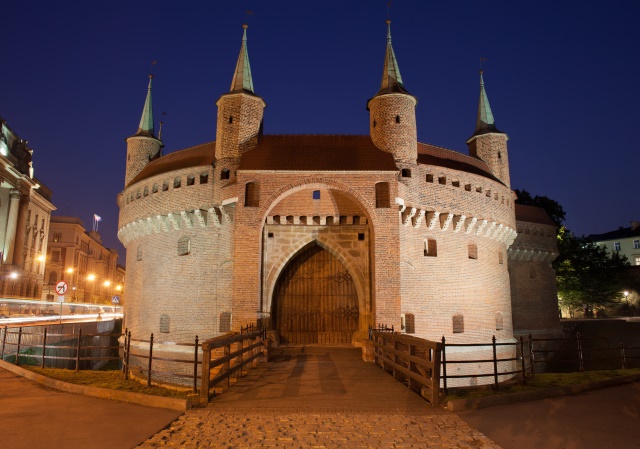
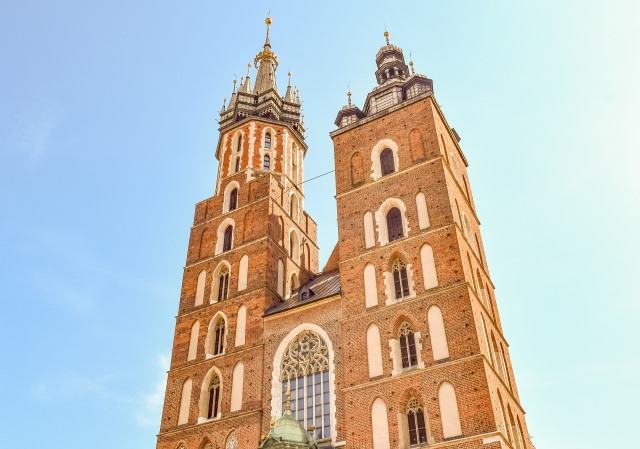
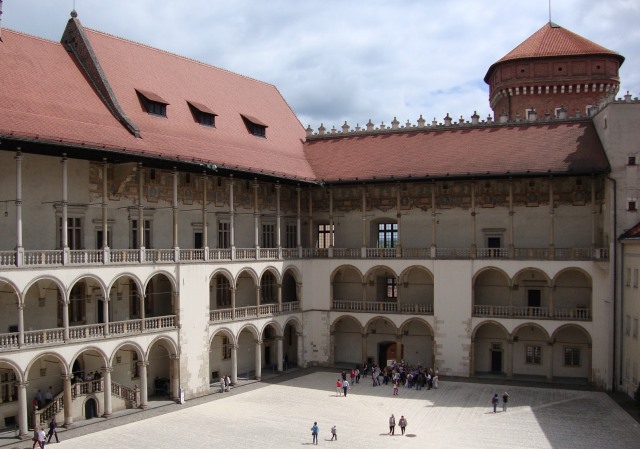
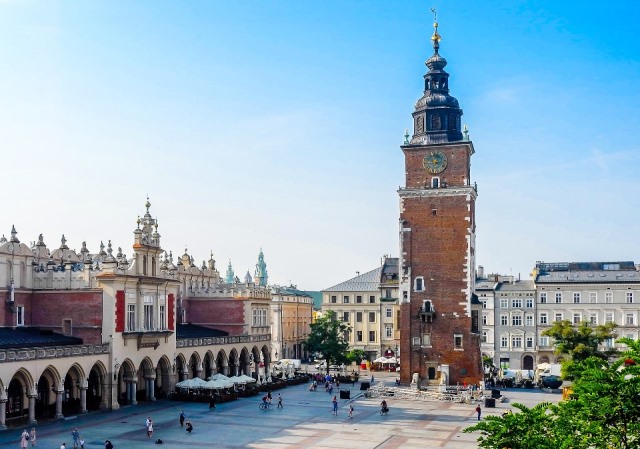
Wawel Hill
Wawel is the pride of Krakow and the heart of the nation as it is the final resting place of monarchs and wordsmiths.
The Gothic Royal Castle dates back to the 10th century and was remodeled in Renaissance style in the 16th century. Its magnificent interiors contain numerous paintings as well as the Wawel Tapestries Collection, commissioned in Flanders.
The Gothic Royal Cathedral with its numerous crypts has lements of the original 11th century Romanesque cathedral.



Kazimierz Jewish Quarter
The Jewish community of Krakow started to concentrate in Kazimierz district in the 15th century, forming a unique, commercial, religious and cultural centre.
The Oldest Synagogue in Kraków dates back to that period. After destruction of WW2 the area was restored and attracts visitors with its irresistible charm.
A Jewish style dinner or a glass of kosher wine accompanied by a klezmer music concert are a must while in Krakow.
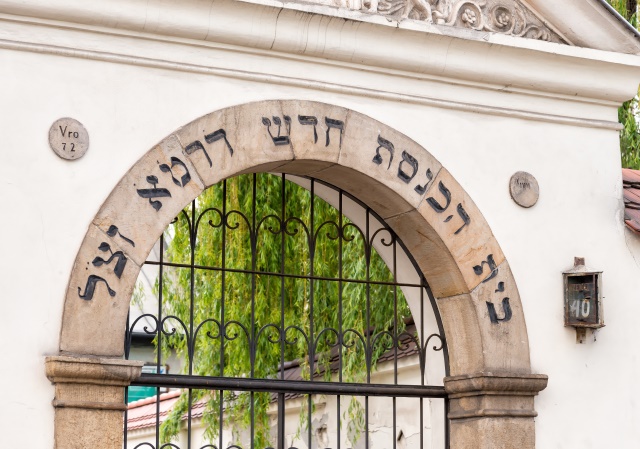
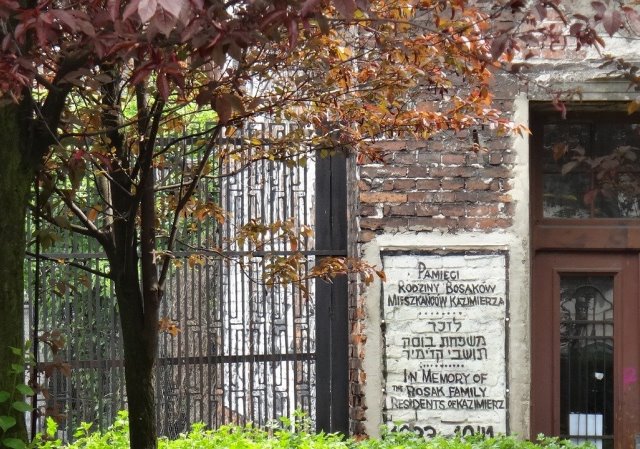

Wieliczka Salt Mine – UNESCO LIST
A tour of the mine includes beautiful chapels sculpted in salt (Saint Kinga’s chapel is the most beautiful one), crystal-like grottoes and underground ponds. All this at average depth of 130 m below the ground in the world oldest enterprise which has never stopped working!

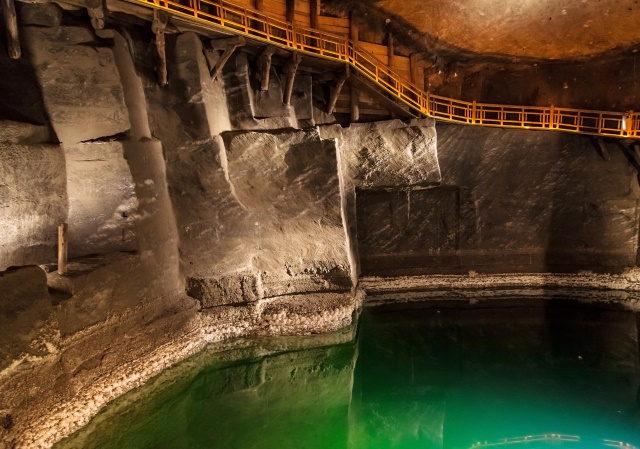
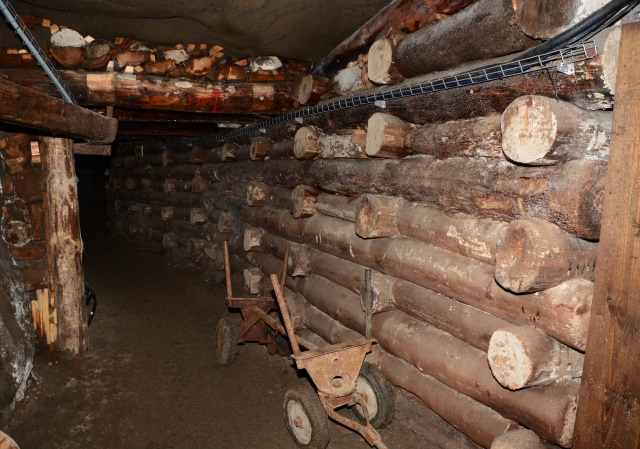
Auschwitz–Birkenau – UNESCO LIST
A grim reminder of Nazi terror and the holocaust. Auschwitz, built on the outskirts of the Polish town Oświęcim – now the Museum of Martyrdom – consists of brick barracks with shocking exhibits of tons of hair, shoes, glasses and other belongings wrested from the victims, while nearby Birkenau has hectares of wooden barracks and gas chambers.
A documentary film made shortly after liberation of the camp is viewable on request.

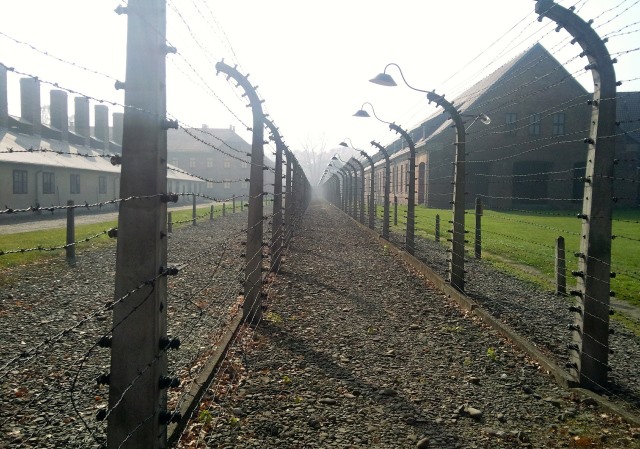
Mountain Tour – Zakopane
Mountain Tour – Zakopane
Zakopane is located 1000 m above sea level and surrounded by the Tatra Mountains.
An ascent by funicular railway to Gubałówka hill gives a beautiful view over the Polish and Slovak Tatras.
A walk along bustling Krupówki Street followed by a visit to a small church in Jaszczurówka. For keen walkers we suggest a stroll in the hills.
Time for shopping – friendly street vendors will offer you local goods (lambswool sweaters, walking sticks, wooden figures) at incredibly low prices.

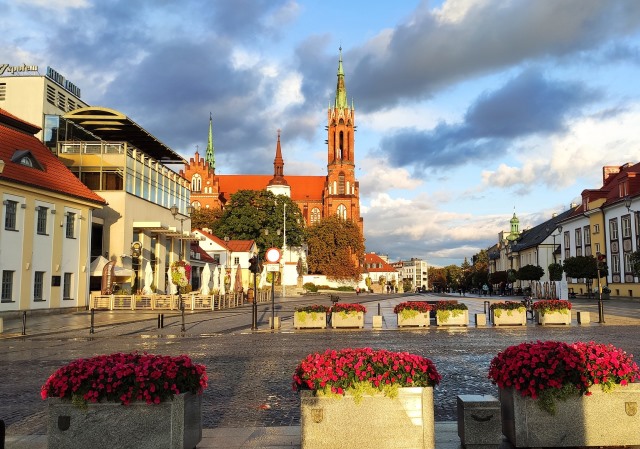
Gdańsk Old Town
Visit the historic interiors of the Town Hall, dating back to the 14th Century, the famous Artus Court, built in 1481 as a meeting place for wealthy burghers and St Mary’s Church founded in 1342, one of the biggest in Europe, is large enough for 5,000 faithful.
At the Motława River bank – the Old Crane and wooden granaries are reminders of the trade which underpinned the wealth of Hansaetic Gdańsk.
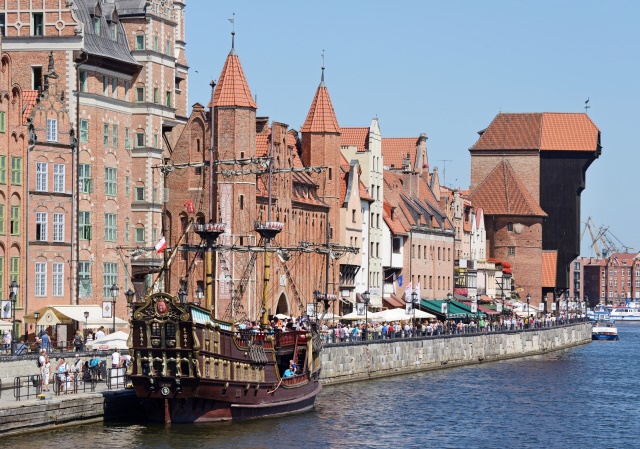


Gdańsk – Oliwa – Sopot
A short drive from the Old Town to the Gates of Gdańsk Shipyard. Here the “Solidarity” Trade Union movement was founded in 1980, a turningpoint for the struggle against the Communist regimes of Eastern Europe, commemorated by the exhibition of the ECS – European Center for Solidarity.
Brief pause at Oliva Cathedral, founded in the 13th century, to listen to a concert played on the Rococo organ, the finest one of its kind in Poland.
Stop in Sopot – a picturesque pre-war summer resort with a beautiful promenade pier.
Then drive to nearby Gdynia – the commercial heart of the Tri-City.

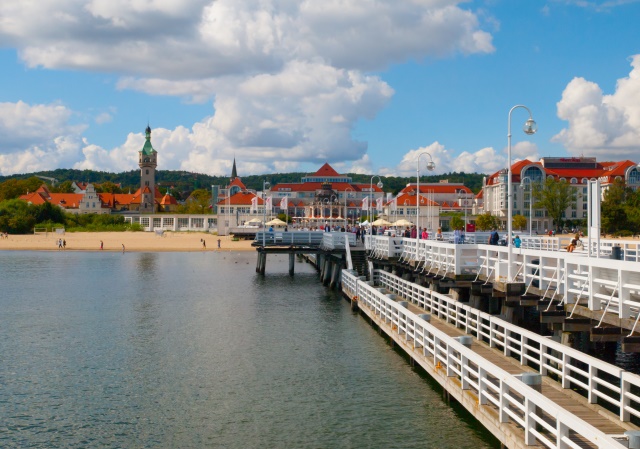
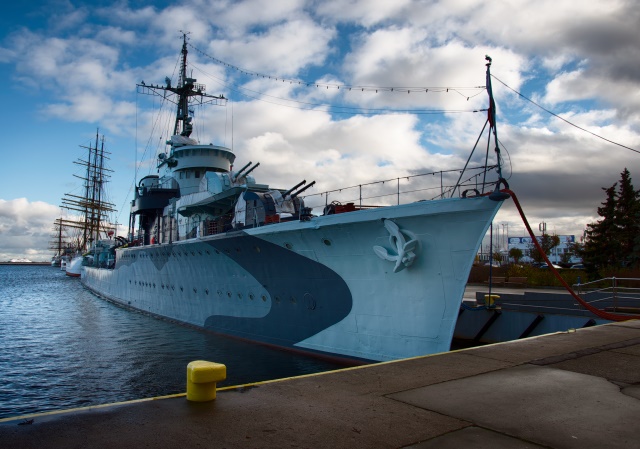
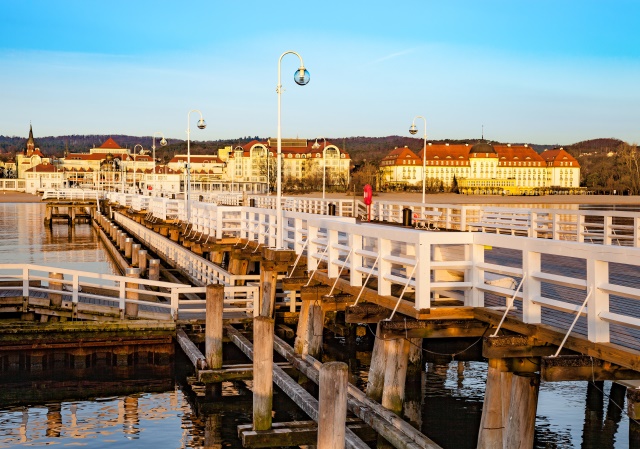
Malbork Teutonic Castle – UNESCO LIST
A one-hour drive south of Gdańsk takes you to Malbork (Marienburg) – the seat of the Grand Master of the Teutonic Order, dating back to the 14th century, an outstanding example of medieval defensive construction.
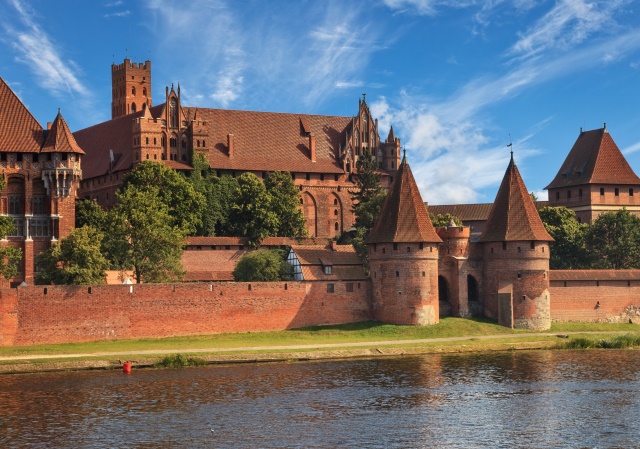
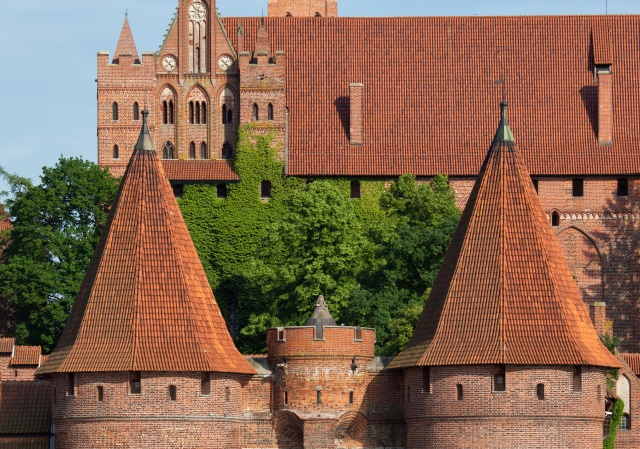
Boat trip on the Bay of Gdańsk
Admire the most magnificent views of the Tri-City from the deck of a boat: the picturesque panorama of Old Gdańsk, Hel Peninsula, the beaches of Sopot and Gdynia harbour.
Stop at Westerplatte to visit the monument commemorating the Defenders of the Coast in the first days of World War 2.

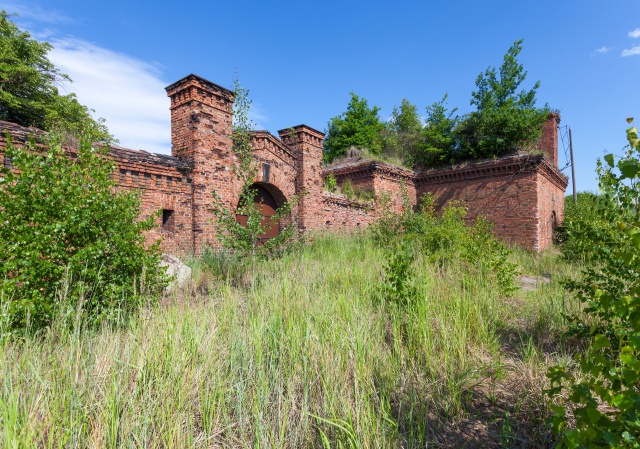
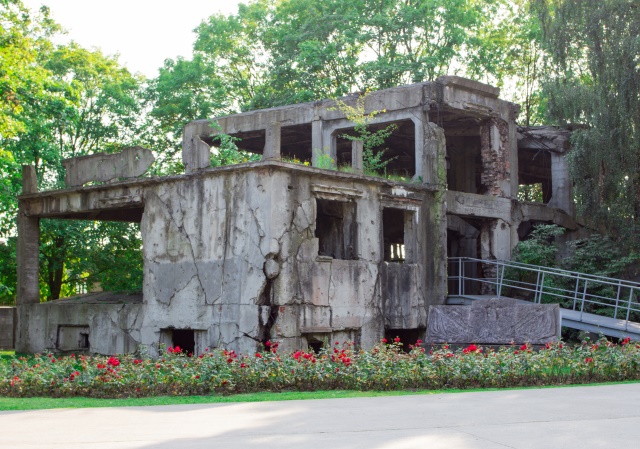
Toruń – UNESCO LIST
This charming Gothic town is a birthplace of Nicolas Copernicus and also home to the famous Polish ginbread.
A walking tour my include visits at Copernicus home, a Gothic Town Hall and a Gingerbread Museum. Ideal place for a stay or just a stop en route.
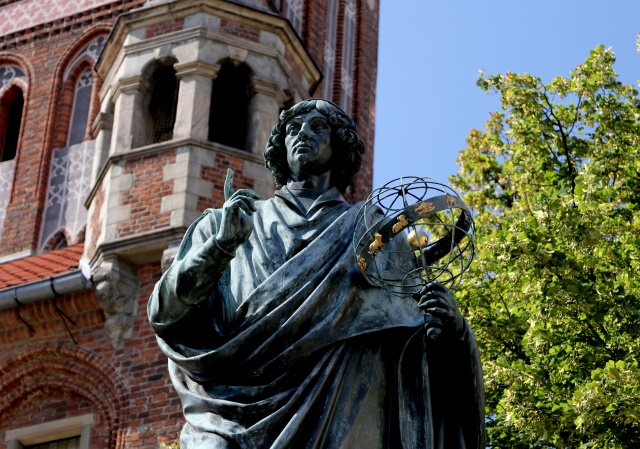

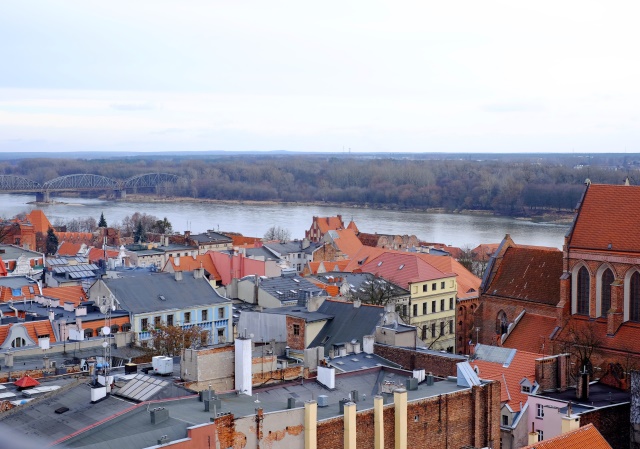
Poznań City Tour
Poznań is one of the oldest towns in Poland and the first capital.
The first cathedral was founded in 986 on Tumski Island. Pride of place in the cathedral is given to the Mieszko I tomb and the enormous Gothic altar dating from 1512.
In the Old Market Square the majority of buildings date back to the 15th century.
The Town Hall, founded in the 13th century. Has one of the most precious Renaissance interiors in Northern Europe.
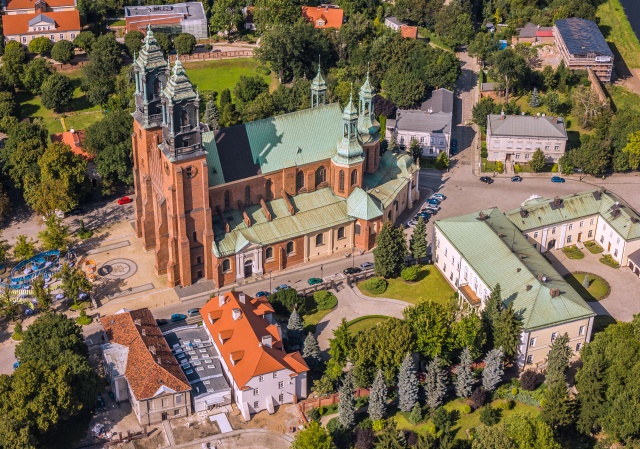


Wrocław City Tour
Due to 127 bridges and 14 islands this beautiful city is called ‘Venice of the North’
Visit to Ostrów Tumski – the oldest part of Wrocław where the episcopate was established in year 1000.
See its numerous Gothic churches, the most precious of which, St John the Baptist Cathedral, founded in 1244, has remnants of the first, Romanesque church.
Walk through the Old Town with its beautiful Town Hall erected in 1241, now a museum, and many picturesque Renaissance and Baroque tenement houses.
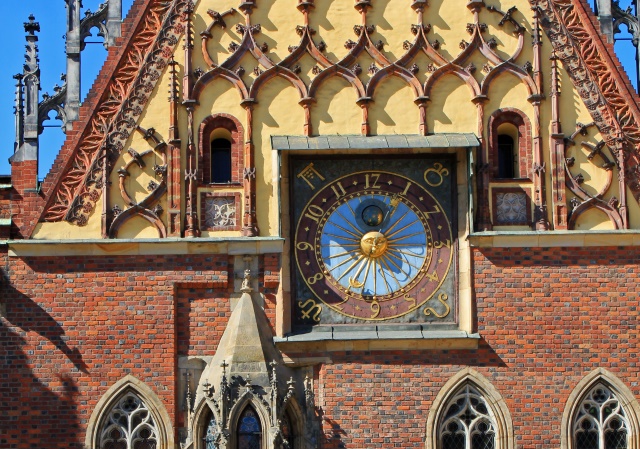

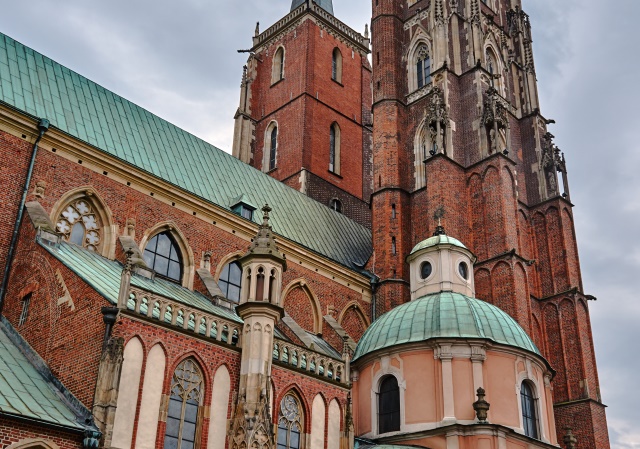

Centennial Hall in Wrocław - UNESCO LIST
This multi-purpose structure designed by Max Berg in 1911 – 1913 is an outstanding example of early Modernism and a milestone in the history of reinforced concrete architecture. At the time of its construction it was the largest reinforced concrete dome in the world. Ots 23 meter dome is topped with a lantern in steel and glass and its circular central space can seat an audience of around 6 000 people.
Together with surrounding Exhibition Grounds the Centennial Hall is a beautiful example of a recreational comlex.
